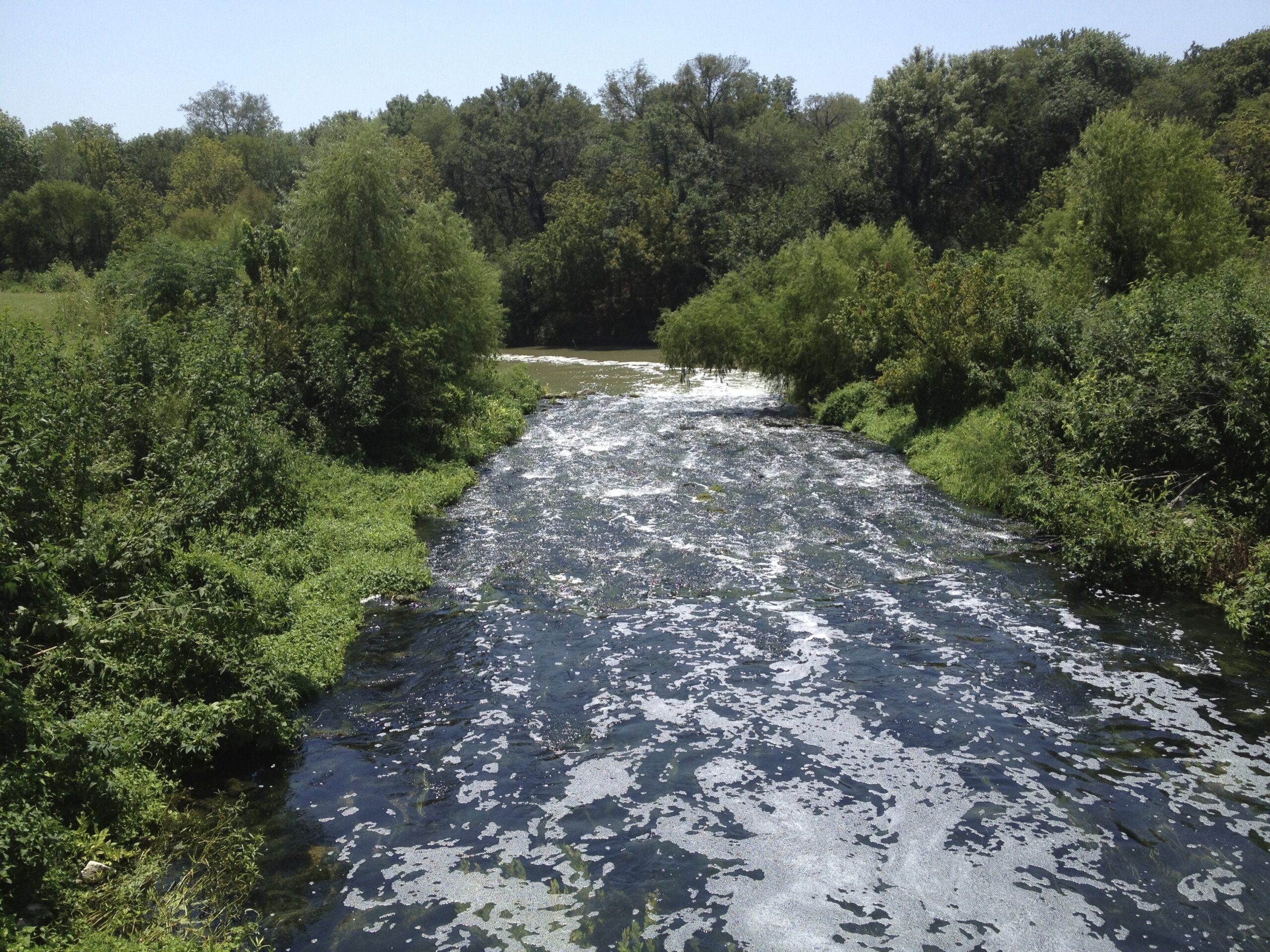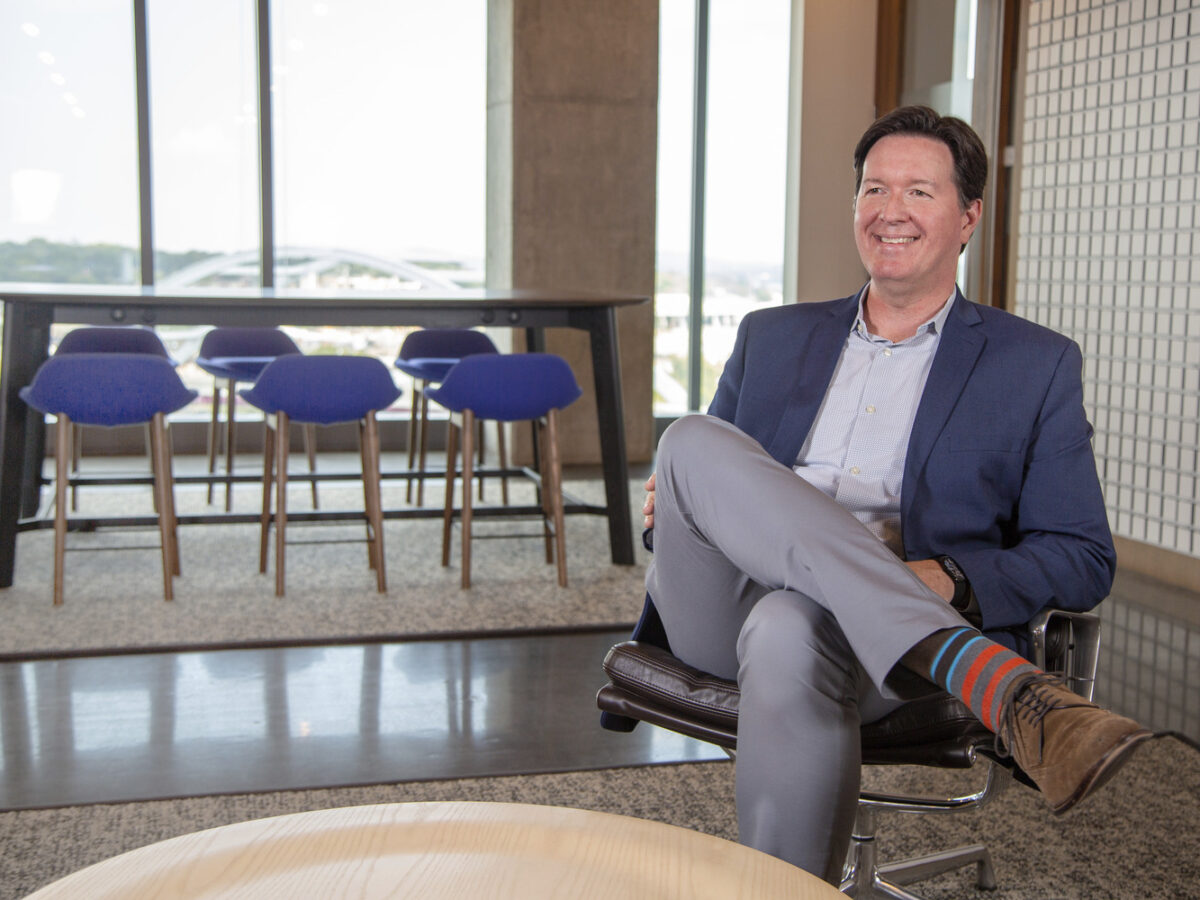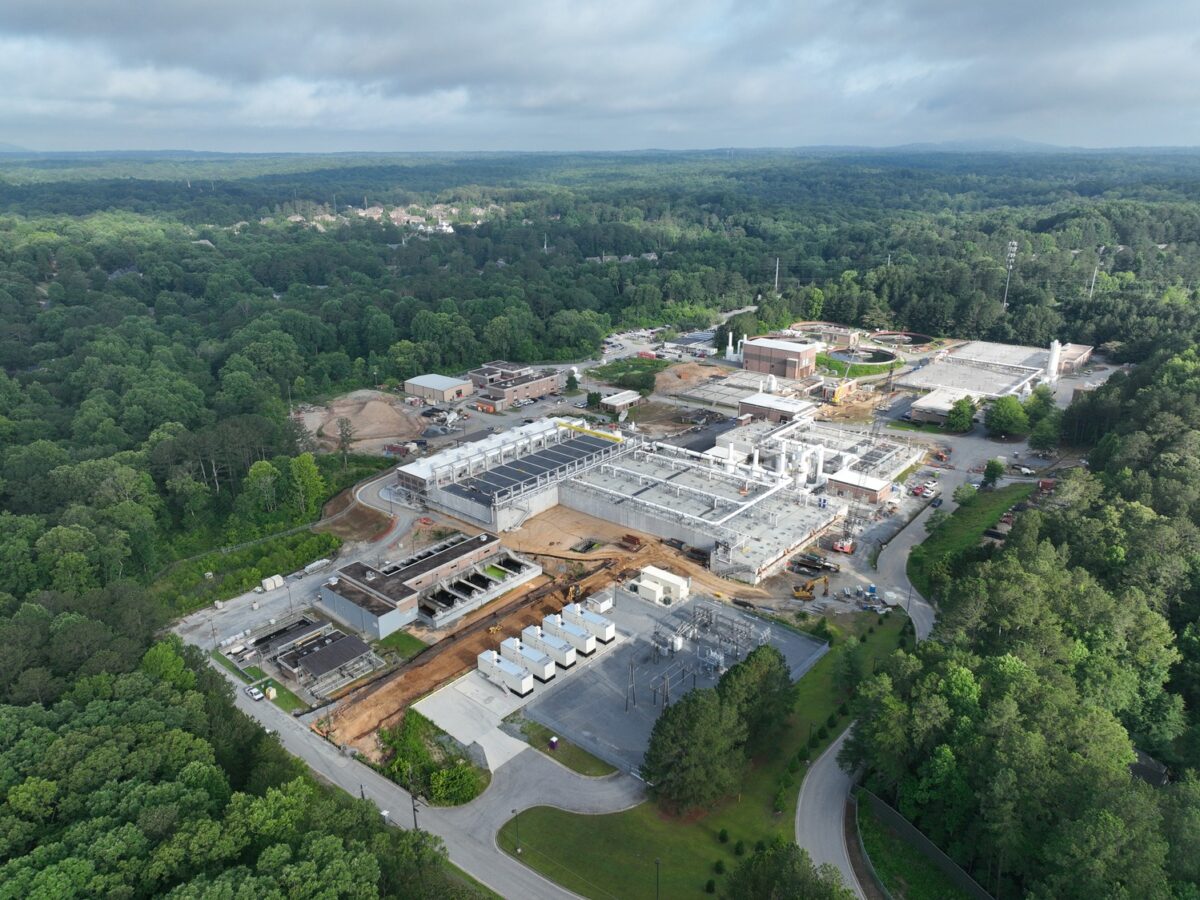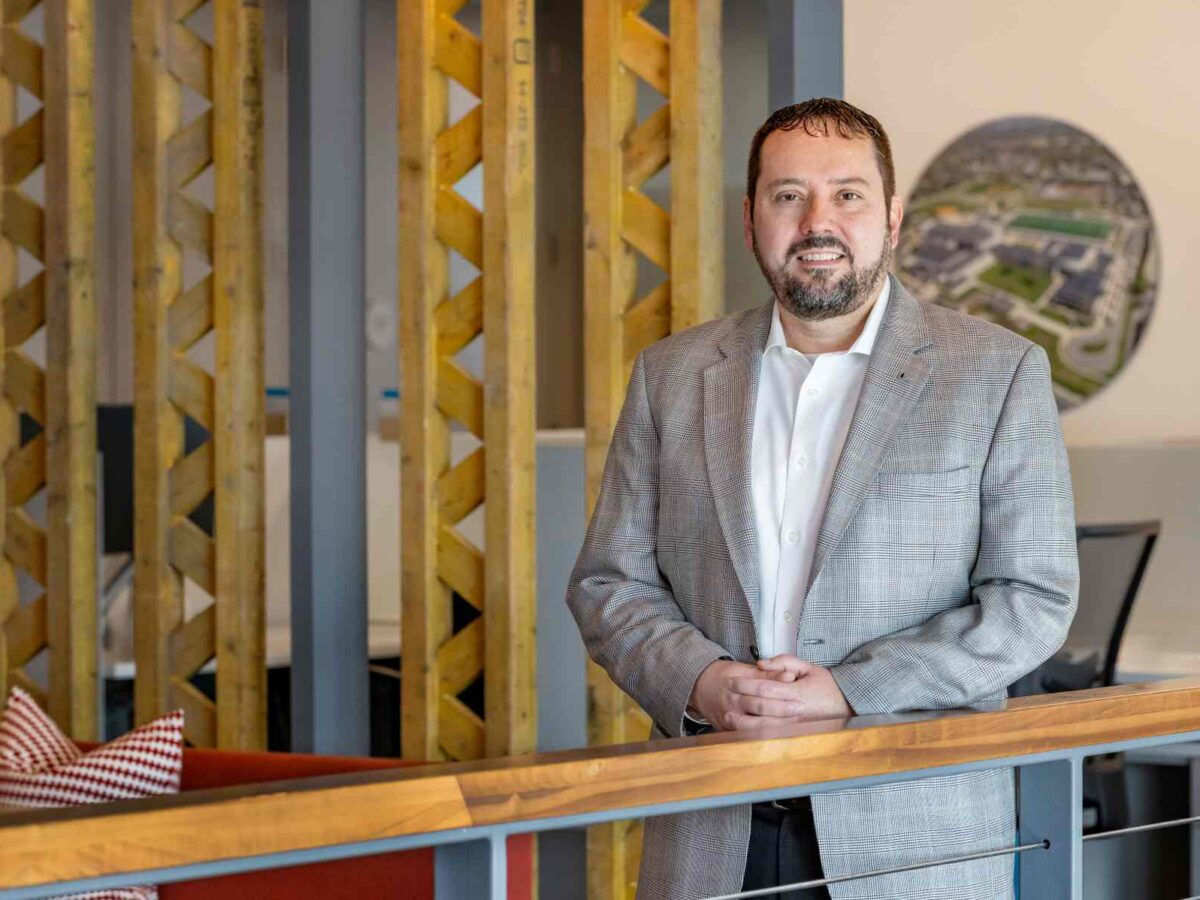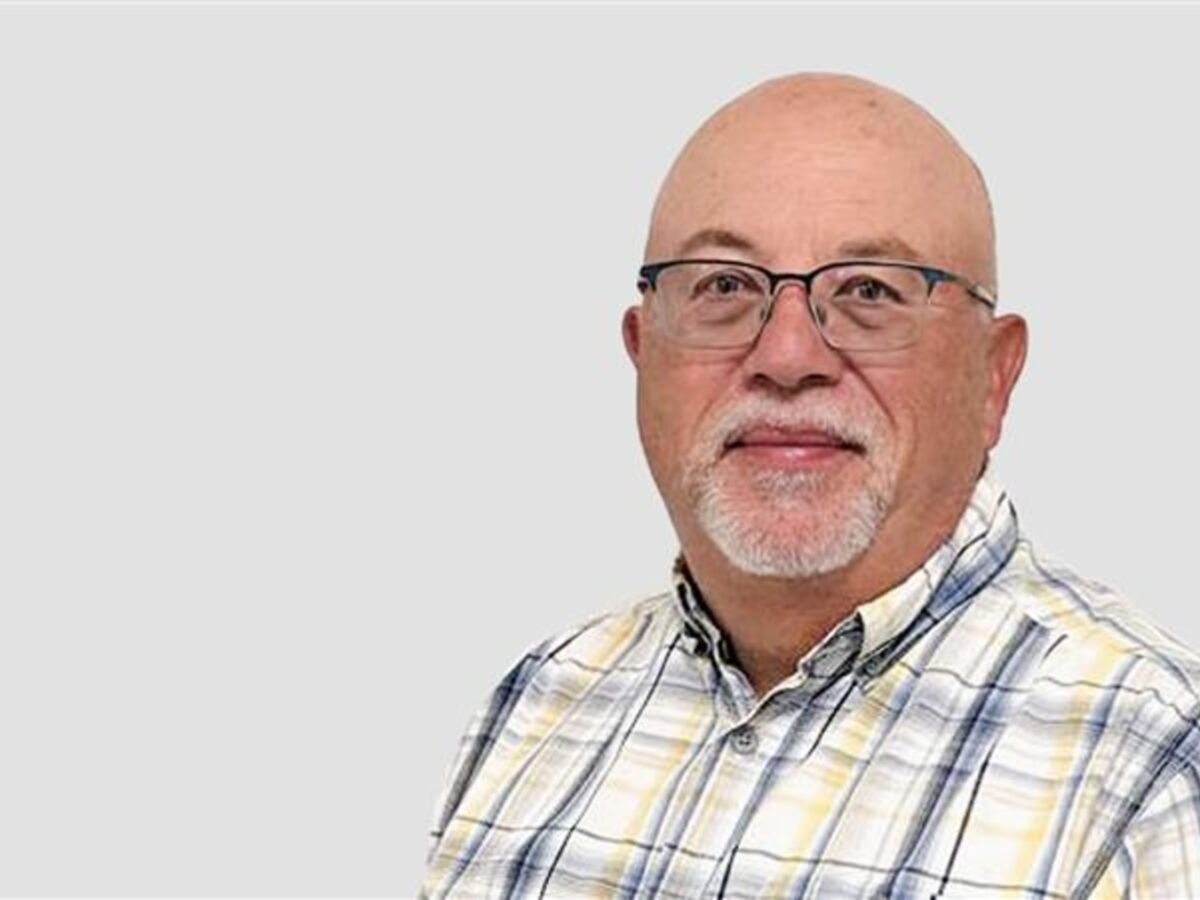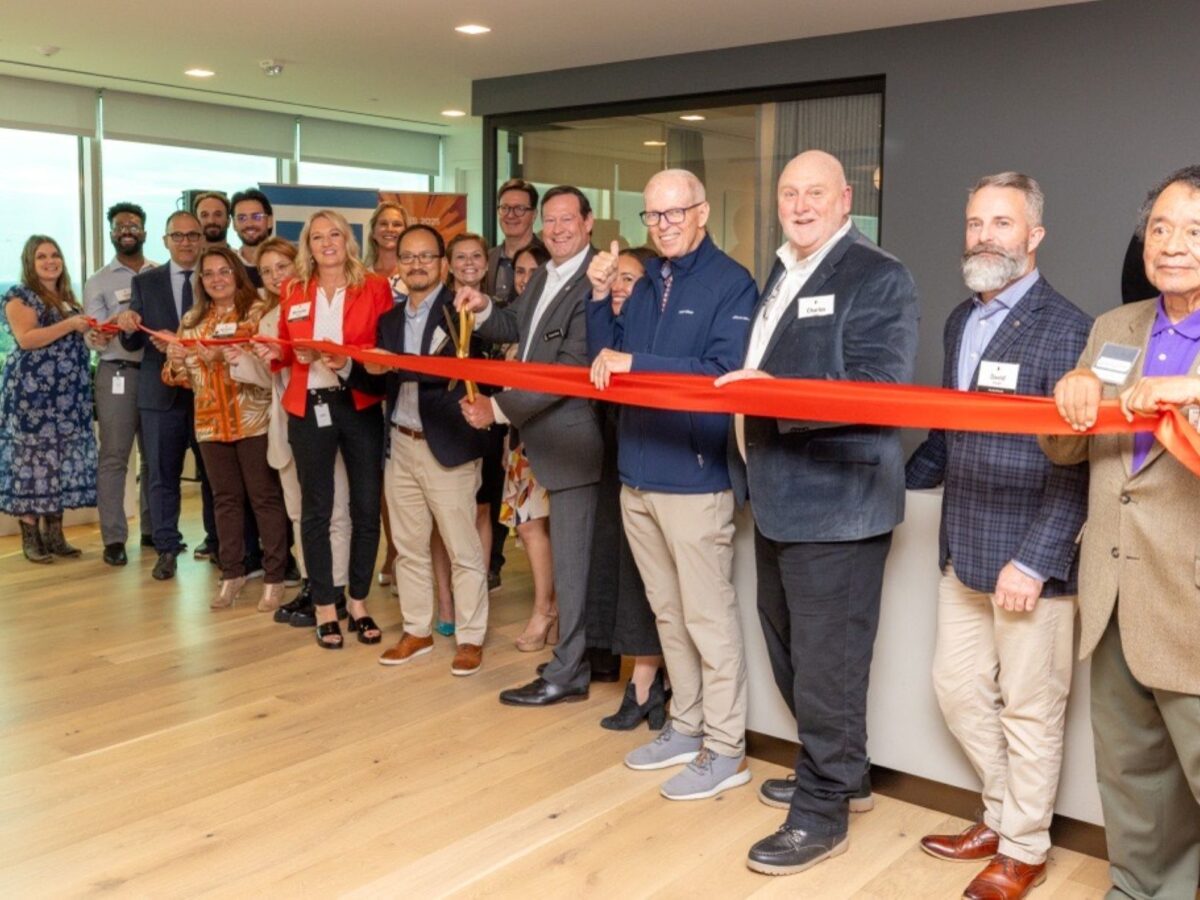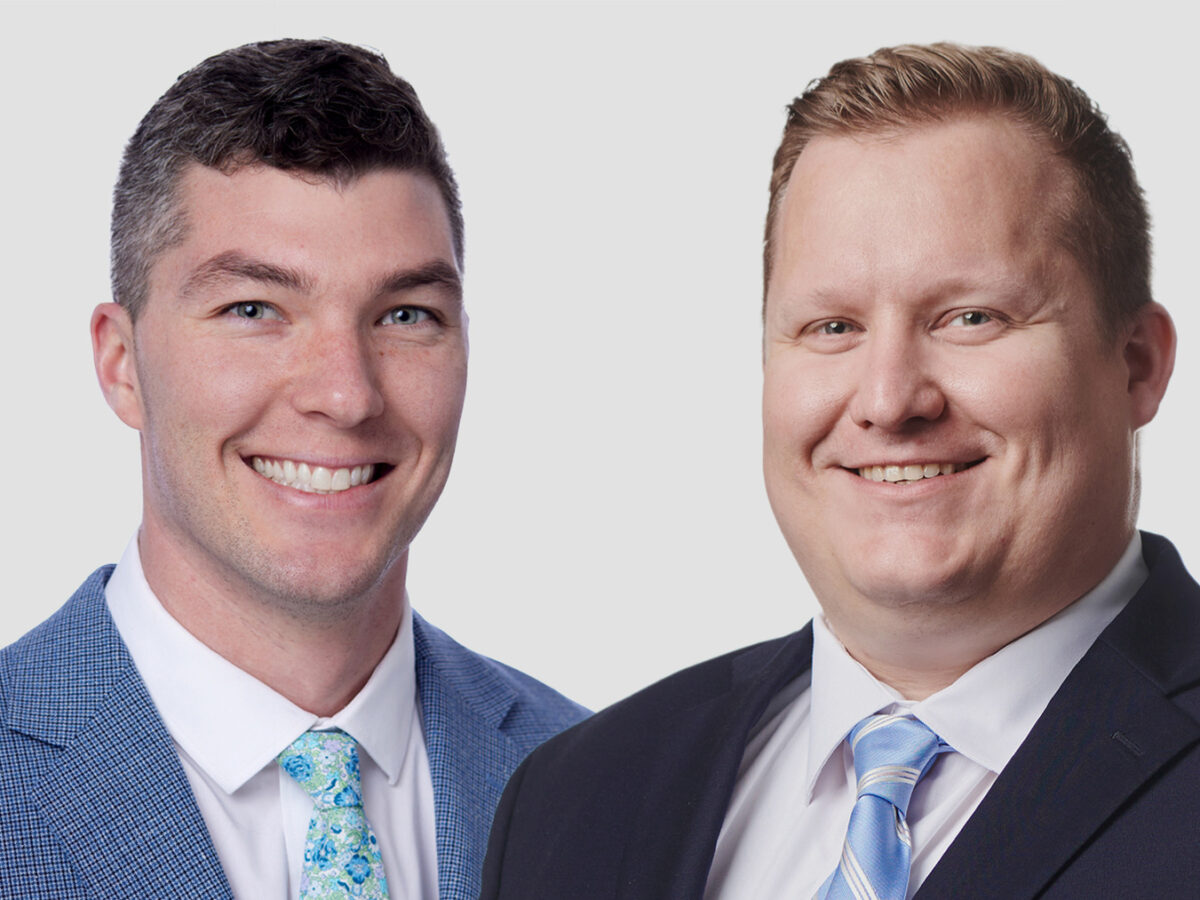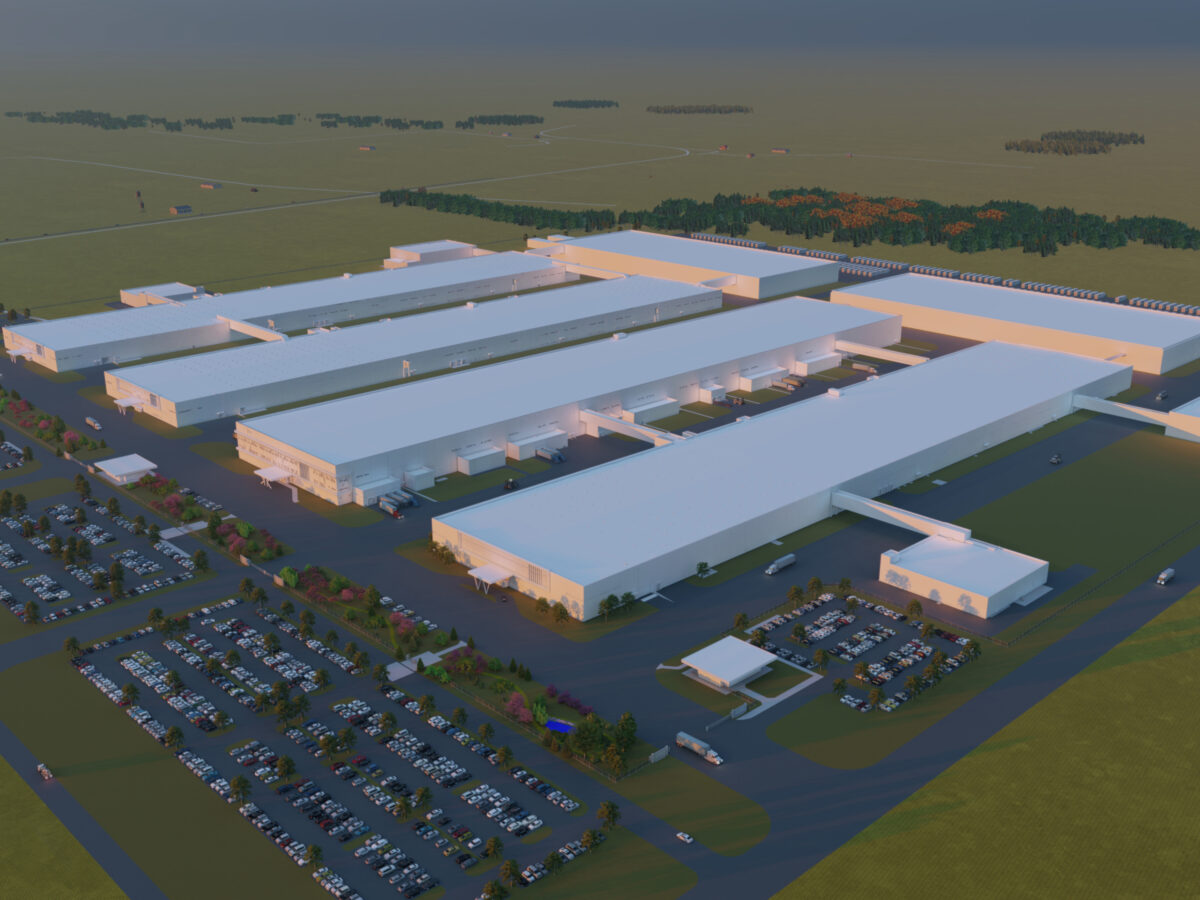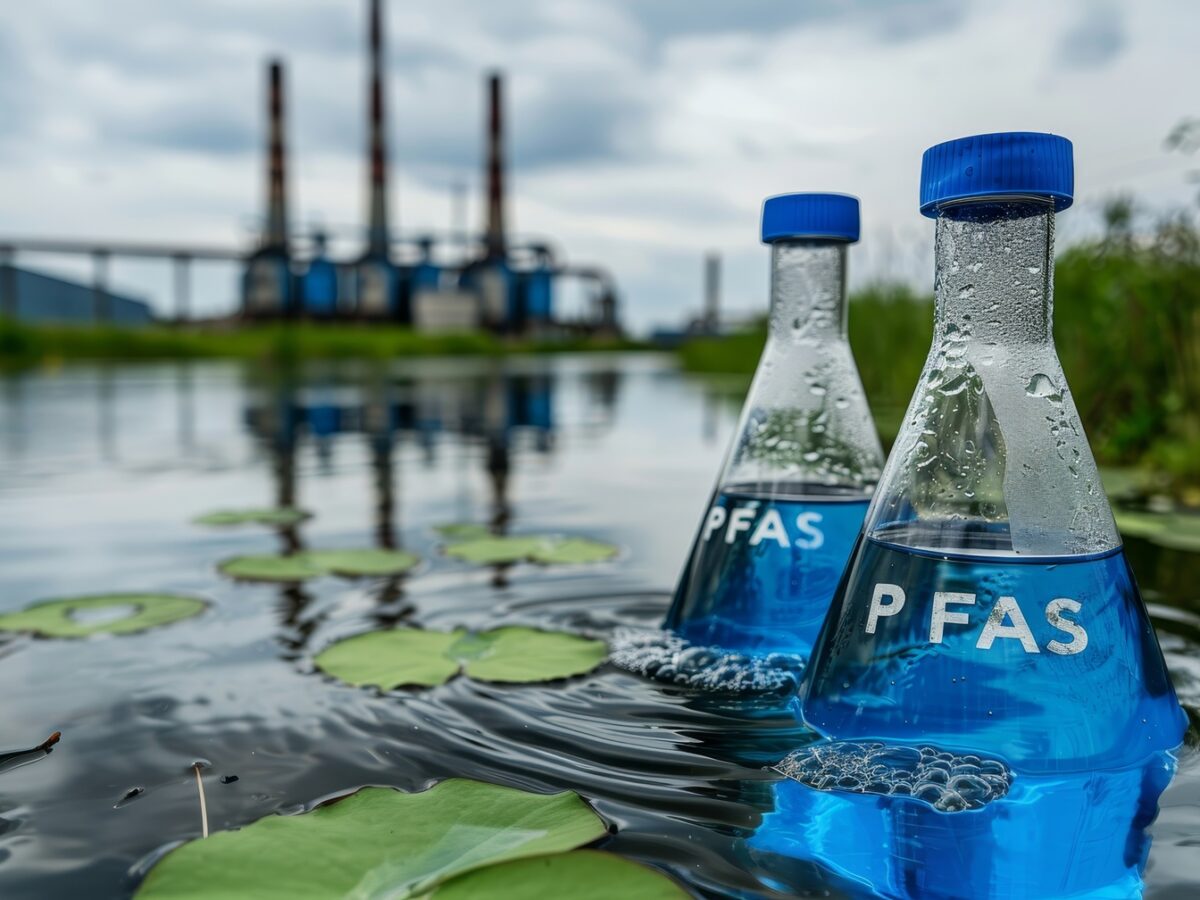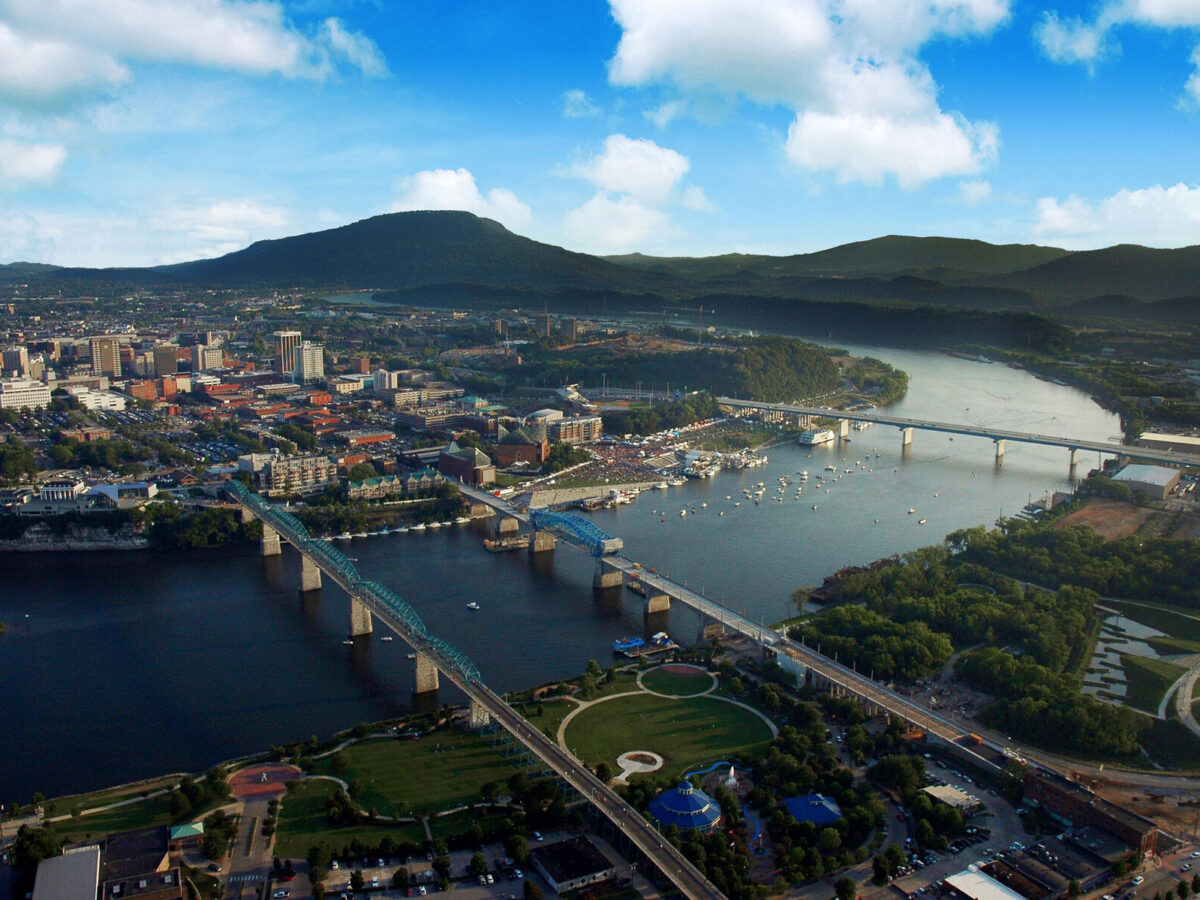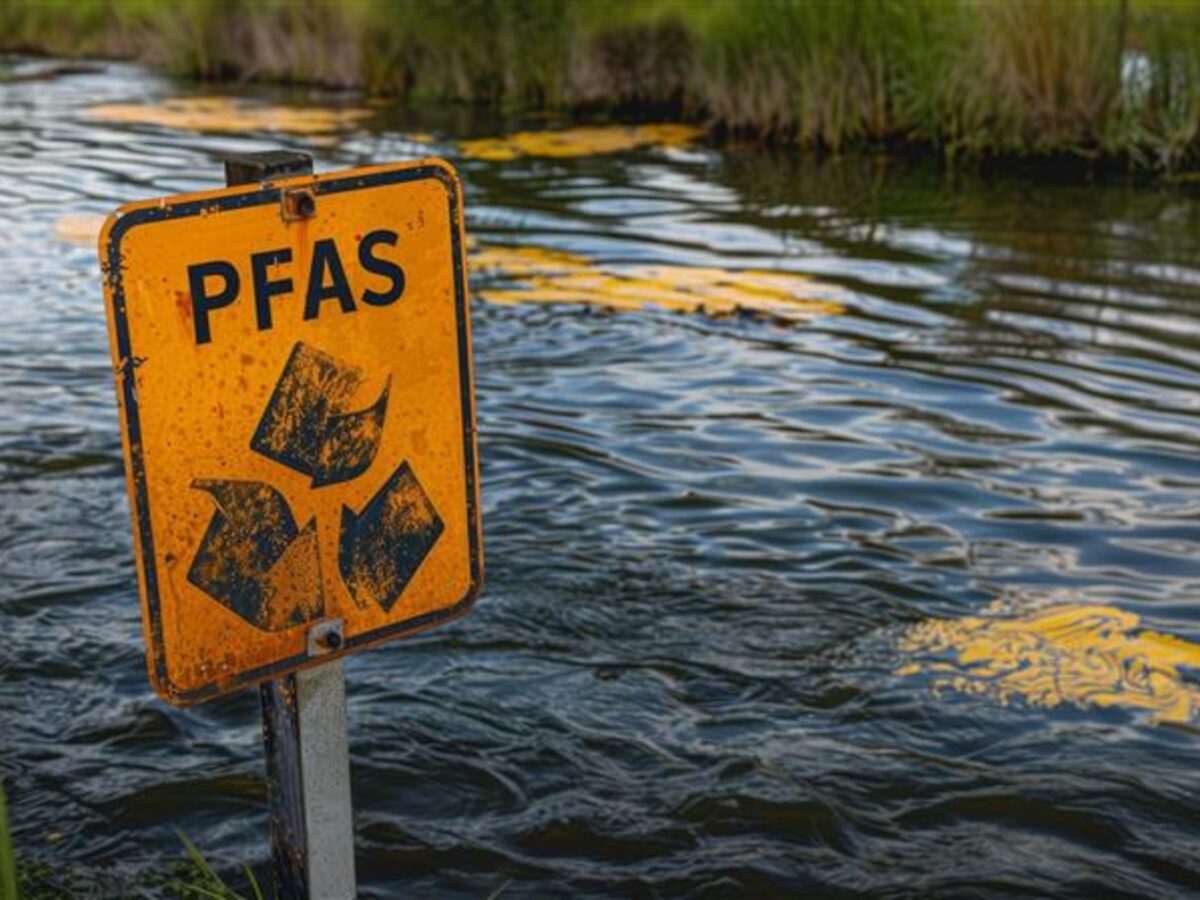In 2020, Dallas Water Utilities (DWU) identified the need for the Stormwater Improvements Project at the Southside Wastewater Treatment Plant after two major rain events in 2015 – one of which flooded the plant after a loss of power. Both rain events were 500-year storm events. Gresham Smith was selected to develop solutions to provide stormwater and mechanical improvements across the plant that enhanced climate adaptation and resiliency, increased operational efficiencies and added flexibility to maintain operations.
For the last two years, our team has been working closely with plant operations, maintenance staff and other personnel involved in the day-to-day operations to design and prioritize the upgrades. The Stormwater Improvements Project achieved substantial completion in May 2022.
On August 21, 2022, the greater Dallas Area experienced an unprecedented 1,000-year storm event, putting our Stormwater Improvement Project to the test. And, I’m happy to report that we got a perfect score.
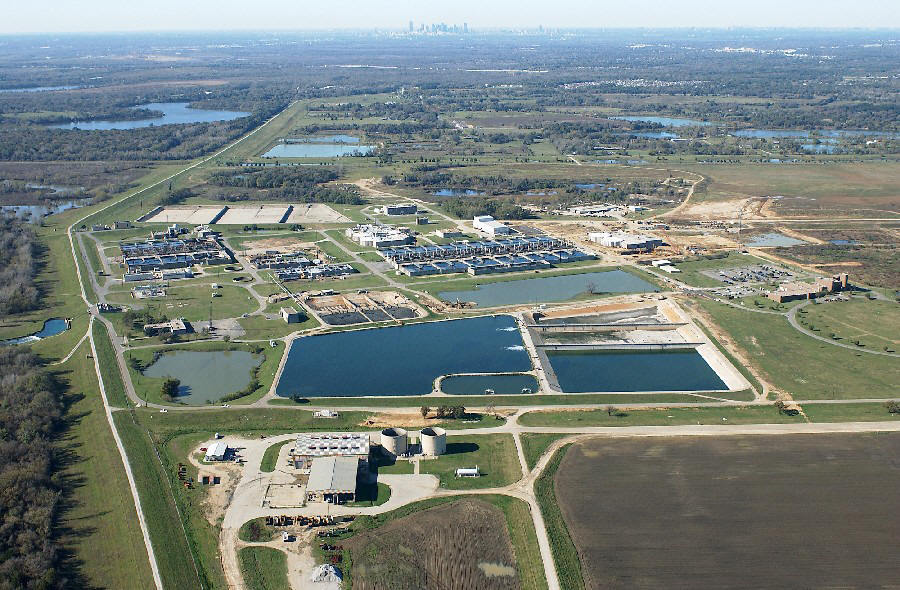
Improvements to Stormwater Infrastructure Take Shape
To alleviate localized flooding and mitigate stormwater issues within the plant, the elements of the Stormwater Improvement Project included drainage improvements, stormwater management through pump stations, detention pond embankment stabilization, as well as miscellaneous improvements to plant process mechanical systems, such as the Effluent Pump Station B for peak flow management, and more.
Specifically, some of the challenges that Gresham Smith tackled with this project included:
While the Southside WWTP is surrounded by a berm, stormwater management and treatment within the 3,000-acre site can be a significant endeavor during extreme events. We designed stormwater improvements for managing potential significant treated water overflow events within the plant site of up to 100 million gallons per day during emergency situations. This would allow plant staff up to one hour of lead time to make emergency responses that prevented flooding of critical infrastructure. Gresham Smith evaluated and designed conveyance capacity upgrades and mapping within the facility to delineate the critical elevations, which resulted in providing plant staff up to 73 minutes of storage time before critical infrastructure becomes flooded.
We also designed a replacement pump station that restored the functionality of the critical Monofill Pump Station to allow plant staff to manage the Monofill Pond water elevation. Gresham Smith evaluated and designed two vertical turbine pumps for a capacity of 1,000 gallons per minute each for pumping to the onsite C-Lake. The Monofill Pump Station was designed to include a floating decanter that mitigates sediment and debris buildup within the pump station.
The Middlefield Pump Station was unreliable and could only operate under limited hydraulic conditions which hindered operations staff’s flexibility to reliably operate the pump station. The pump station provided necessary hydraulic lift from the Linear Lake stormwater pond to pump the flow over the levee — without this critical pump station, the plant would experience significant flooding, severely impacting operations. Gresham Smith modified the pump’s low water shutoff elevation to alleviate hydraulic issues such as cavitation, as well as right-sized the starters and breakers to alleviate historical and chronic electrical gear overheating.
We also designed improvements to the Stormwater Pond No. 1 pump station pumps that were over 30 years old and at the end of their useful life. Gresham Smith evaluated the condition, hydraulics and capacity to make improvements to the pump station. Additionally, our firm added a secondary discharge point from the pump station to the peak flow basin in order to enhance operational flexibility and improve stormwater management options.
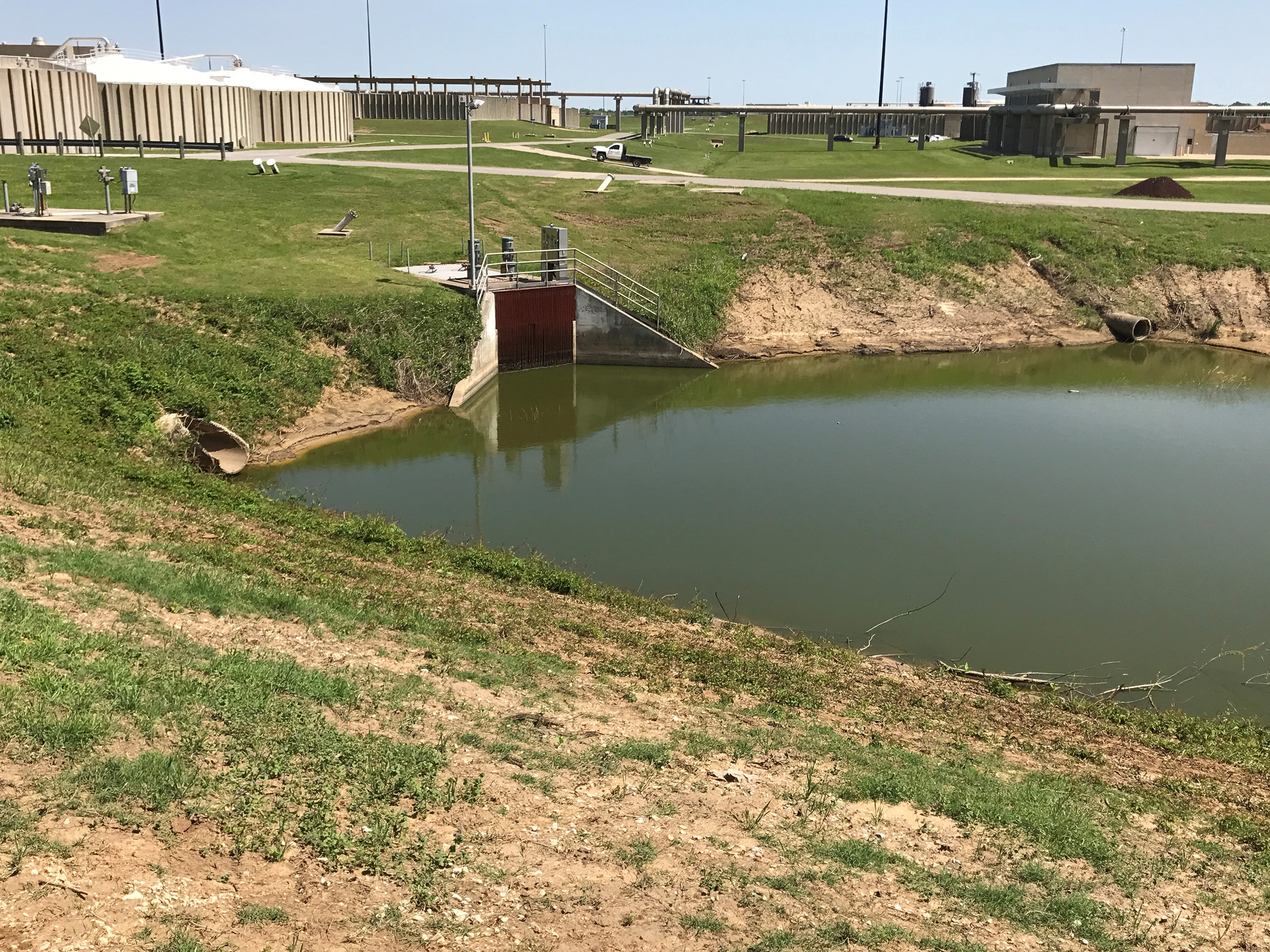
Finished, but not Complete
In 2015, Southside flooded, causing critical process systems to fail and stormwater to submerge wastewater treatment mechanical and electrical systems. DWU wanted to make certain this never happened again. In May, our team achieved a substantial completion of these stormwater improvement projects. While construction had completed, we had not yet gone through the period of functional testing to make certain they would work as designed, as a severe drought put the brakes on our testing procedures.
On August 21 and 22, 2022, the greater Dallas area experienced a 1,000-year storm event. Some parts of the metropolitan area, including at the Southside WWTP, received more than 15 inches of rain in a 24-hour period. Since back-to-back 500-year rain events occurred in 2015, Dallas had not experienced this level of rainfall.
A Real-Life Test Run
The 1,000-year rain event in 2022 acted as our “functional test,” and proved that everything we designed and implemented performed exactly how it was supposed to, even exceeding expectations in many cases. Our stormwater improvements prevented critical systems from flooding, allowed the plant to maintain operation and continue with discharge permit compliance.
Our team also responded during the rain event to assist the plant and oversee the performance of our stormwater improvements. Needless to say, we were pleased with the performance of our improvements and how they provided plant staff with much-needed relief to be able to react to the events to protect the plant.
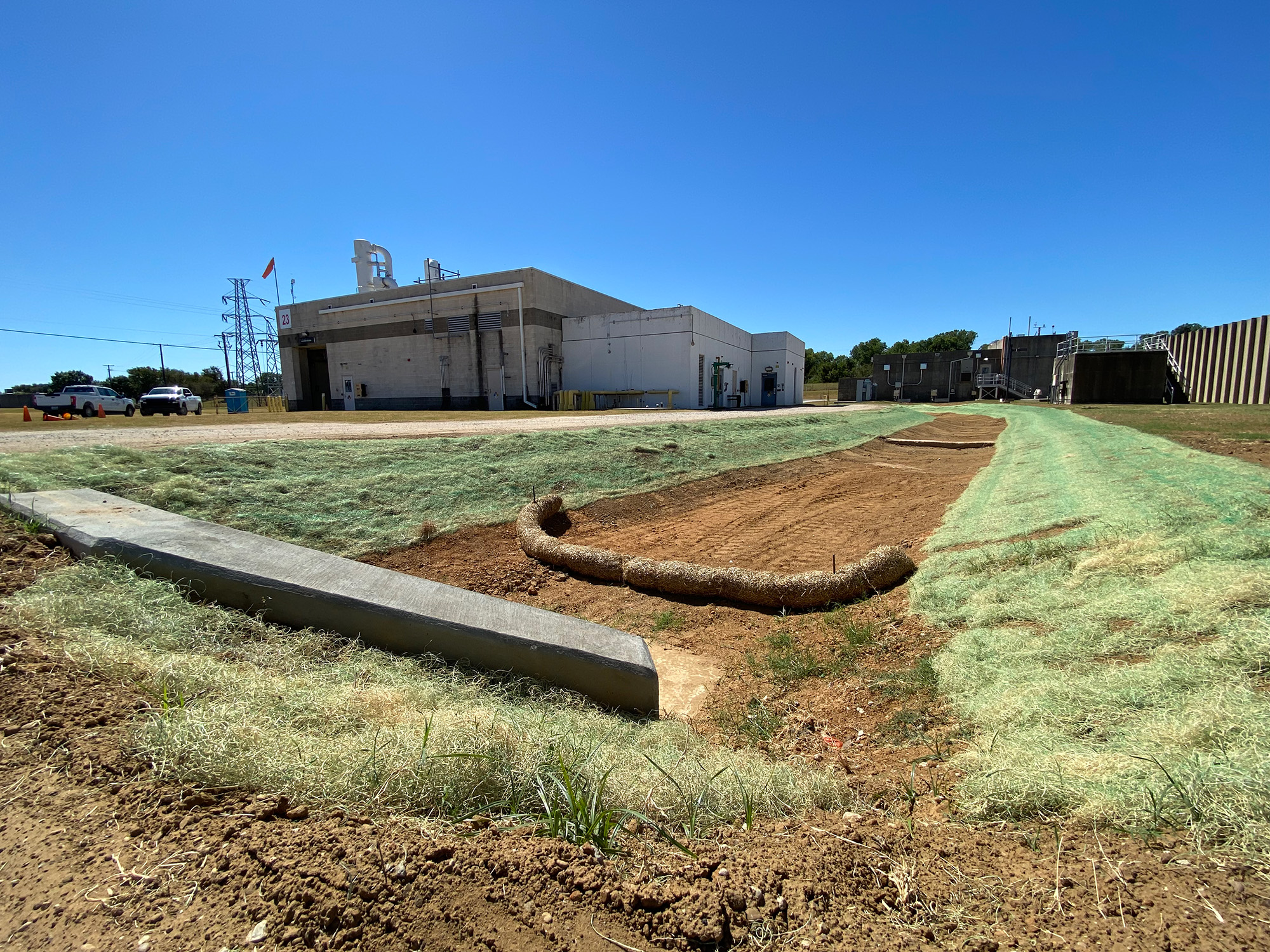
Protecting the Community
With these successful stormwater improvements at the Southside Wastewater Treatment Plant, residents of Dallas can now find comfort in knowing their public water infrastructure can handle the most extreme weather events. As engineers and planners, it is fulfilling to see years of work culminate in a project that will help Dallas maintain its standing as a healthy and thriving community for years, if not generations, to come.
